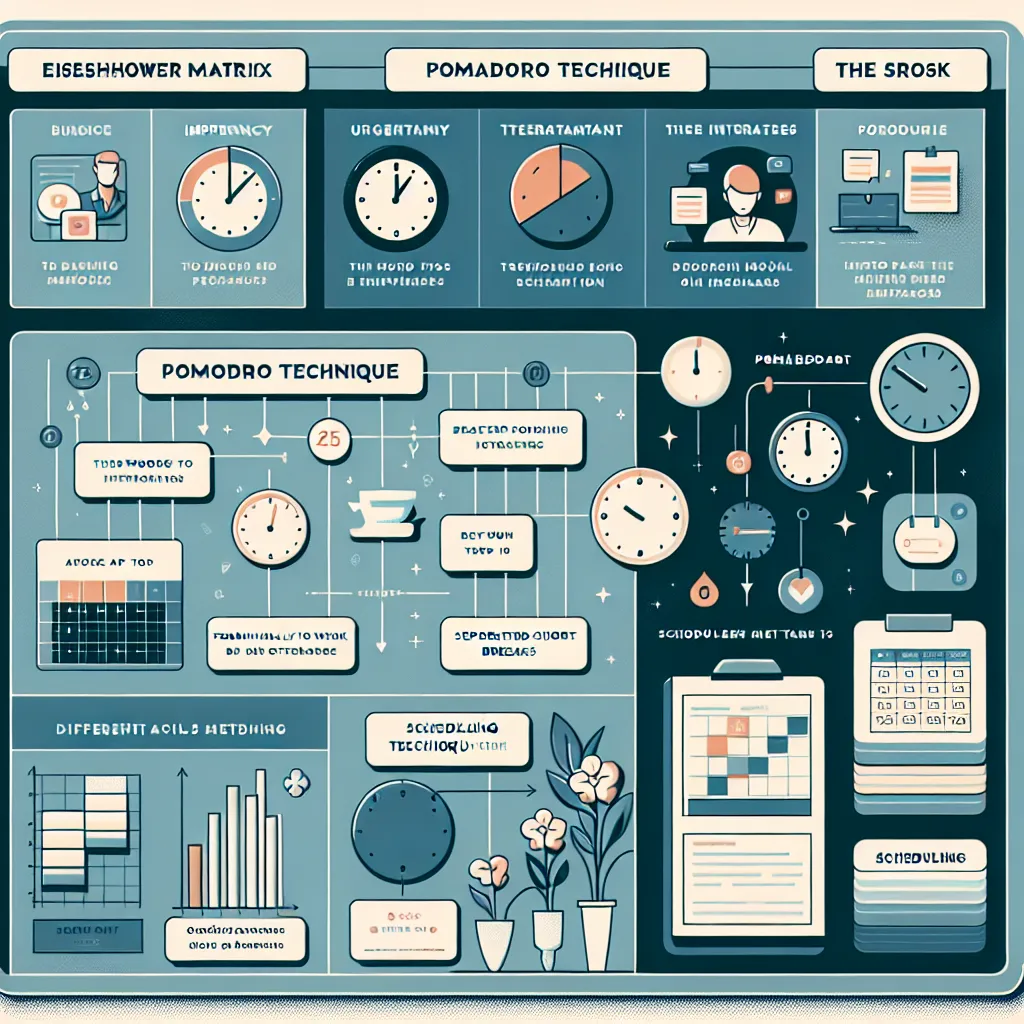Welcome to our IELTS Reading practice session focusing on a highly relevant topic in today’s business world: “The importance of diversity and inclusion in the workplace.” This subject has been increasingly prevalent in IELTS exams, reflecting its growing significance in modern society. Based on our analysis of past IELTS tests and current global trends, there’s a high probability that you may encounter a similar passage in your upcoming exam.
Nội dung bài viết
- Reading Passage
- The Business Case for Diversity and Inclusion
- Questions
- True/False/Not Given
- Multiple Choice
- Matching Headings
- Summary Completion
- Answer Key and Explanations
- True/False/Not Given
- Multiple Choice
- Matching Headings
- Summary Completion
- Common Mistakes to Avoid
- Vocabulary
- Grammar Focus
- Tips for IELTS Reading Success
The IELTS Reading section requires you to demonstrate your ability to understand complex texts, identify key information, and interpret the author’s opinions. Today’s practice will help you hone these skills while exploring a topic that’s not only crucial for your exam but also for your future professional life.
 Diverse team collaborating in modern office
Diverse team collaborating in modern office
Reading Passage
The Business Case for Diversity and Inclusion
In today’s globalized economy, the importance of diversity and inclusion in the workplace cannot be overstated. Organizations that embrace these principles are not only fulfilling moral and social obligations but are also positioning themselves for enhanced innovation, creativity, and overall business success.
Diversity in the workplace refers to the variety of differences between people, including but not limited to race, ethnicity, gender, age, religion, disability, and sexual orientation. Inclusion, on the other hand, involves creating an environment where all individuals feel respected, valued, and empowered to participate fully in the organization’s activities and decision-making processes.
Research consistently demonstrates that diverse teams outperform homogeneous ones. A study by McKinsey & Company found that companies in the top quartile for ethnic and cultural diversity on executive teams were 33% more likely to have industry-leading profitability. Similarly, gender-diverse companies were 21% more likely to experience above-average profitability.
One of the primary benefits of a diverse workforce is the breadth of perspectives it brings to problem-solving and innovation. When people from different backgrounds collaborate, they bring unique experiences and viewpoints to the table, leading to more creative solutions and better decision-making. This diversity of thought can be particularly valuable in today’s rapidly changing business landscape, where adaptability and innovation are key to survival.
Moreover, a diverse and inclusive workplace can significantly enhance an organization’s ability to attract and retain top talent. In an era where skilled professionals have numerous employment options, companies that demonstrate a commitment to diversity and inclusion have a competitive edge. Millennials and Gen Z, who now make up a significant portion of the workforce, particularly value diversity and are more likely to seek employment with organizations that prioritize it.
Diversity and inclusion also play a crucial role in understanding and serving a diverse customer base. As markets become increasingly global, companies with diverse teams are better equipped to understand and meet the needs of various customer segments. This cultural competence can lead to improved product development, marketing strategies, and customer service, ultimately driving business growth.
However, creating a truly diverse and inclusive workplace requires more than just hiring a diverse workforce. It necessitates fostering an inclusive culture where all employees feel valued and empowered. This involves implementing inclusive policies, providing diversity training, and ensuring equal opportunities for career advancement.
Leadership plays a critical role in this process. Leaders must not only champion diversity and inclusion initiatives but also model inclusive behaviors. This includes actively seeking out diverse perspectives, challenging their own biases, and holding themselves and others accountable for creating an inclusive environment.
While the benefits of diversity and inclusion are clear, many organizations still face challenges in implementing effective strategies. Common obstacles include unconscious bias, resistance to change, and difficulty in measuring the impact of diversity initiatives. Overcoming these challenges requires a long-term commitment, ongoing education, and a willingness to continually assess and improve diversity and inclusion efforts.
In conclusion, diversity and inclusion are not just buzzwords or compliance requirements; they are essential components of a successful, modern business strategy. Organizations that truly embrace these principles are likely to see improved innovation, enhanced employee engagement, and stronger financial performance. As the global business landscape continues to evolve, the importance of diversity and inclusion in the workplace will only continue to grow.
Questions
True/False/Not Given
Determine if the following statements are True, False, or Not Given based on the information in the passage.
- Diversity in the workplace only refers to differences in race and ethnicity.
- Companies with gender-diverse executive teams are more likely to have above-average profitability.
- Millennials and Gen Z prioritize diversity when choosing employers.
- Implementing diversity and inclusion strategies is a straightforward process for most organizations.
- Leadership involvement is crucial for creating an inclusive workplace culture.
Multiple Choice
Choose the correct letter, A, B, C, or D.
-
According to the passage, diverse teams are valuable because they:
A) Always agree on solutions
B) Work faster than homogeneous teams
C) Bring different perspectives to problem-solving
D) Are easier to manage -
The study by McKinsey & Company found that companies in the top quartile for ethnic and cultural diversity on executive teams were:
A) 21% more likely to have industry-leading profitability
B) 33% more likely to have industry-leading profitability
C) 33% less likely to have industry-leading profitability
D) Equally likely to have industry-leading profitability -
Which of the following is NOT mentioned as a benefit of workplace diversity?
A) Enhanced innovation
B) Improved problem-solving
C) Increased employee salaries
D) Better understanding of diverse customer bases
Matching Headings
Match the following headings to the correct paragraphs in the passage. Write the correct number (i-vii) next to questions 9-13.
i. The Role of Leadership in Fostering Inclusion
ii. Defining Diversity and Inclusion
iii. Challenges in Implementing Diversity Strategies
iv. The Financial Impact of Diversity
v. Diversity as a Talent Attraction Tool
vi. Diverse Teams and Innovation
vii. Serving a Global Customer Base
- Paragraph 2: _____
- Paragraph 4: _____
- Paragraph 5: _____
- Paragraph 7: _____
- Paragraph 9: _____
Summary Completion
Complete the summary below using words from the box. Write ONE WORD ONLY for each answer.
diversity | inclusion | profitability | innovation | talent | customers | culture | leadership | challenges | strategy
The passage discusses the importance of (14)__ and (15)__ in the workplace. Research shows that diverse companies tend to have higher (16)__. Benefits of diversity include improved (17)__, better attraction and retention of (18)__, and enhanced ability to serve diverse (19)__. Creating an inclusive workplace requires fostering an inclusive (20)__ and strong (21)__. However, organizations may face (22)__ in implementing diversity initiatives. Overall, diversity and inclusion are essential components of a successful business (23)__.
Answer Key and Explanations
True/False/Not Given
- False – The passage states that diversity includes “race, ethnicity, gender, age, religion, disability, and sexual orientation,” not just race and ethnicity.
- True – The passage mentions that “gender-diverse companies were 21% more likely to experience above-average profitability.”
- True – The text states, “Millennials and Gen Z, who now make up a significant portion of the workforce, particularly value diversity and are more likely to seek employment with organizations that prioritize it.”
- False – The passage indicates that there are challenges in implementing diversity strategies, stating, “While the benefits of diversity and inclusion are clear, many organizations still face challenges in implementing effective strategies.”
- True – The passage explicitly states, “Leadership plays a critical role in this process.”
Multiple Choice
- C – The passage states, “When people from different backgrounds collaborate, they bring unique experiences and viewpoints to the table, leading to more creative solutions and better decision-making.”
- B – The text directly states, “companies in the top quartile for ethnic and cultural diversity on executive teams were 33% more likely to have industry-leading profitability.”
- C – Increased employee salaries are not mentioned as a benefit of workplace diversity in the passage.
Matching Headings
- ii – This paragraph defines diversity and inclusion.
- vi – This paragraph discusses how diverse teams contribute to problem-solving and innovation.
- v – This paragraph talks about how diversity helps in attracting and retaining talent.
- vii – This paragraph discusses how diversity helps in understanding and serving a diverse customer base.
- i – This paragraph focuses on the role of leadership in creating an inclusive environment.
Summary Completion
- diversity
- inclusion
- profitability
- innovation
- talent
- customers
- culture
- leadership
- challenges
- strategy
Common Mistakes to Avoid
- Misinterpreting True/False/Not Given questions: Remember, “Not Given” means the information is neither confirmed nor contradicted in the text.
- Overlooking key words in Multiple Choice questions: Pay attention to qualifiers like “always,” “never,” or “most likely.”
- Rushing through Matching Headings: Take time to understand the main idea of each paragraph before matching it with a heading.
- Using words not in the given box for Summary Completion: Stick to the words provided, even if you think another word fits better.
Vocabulary
- Diversity: /daɪˈvɜːrsəti/ (noun) – The state of being diverse; variety.
- Inclusion: /ɪnˈkluːʒən/ (noun) – The action or state of including or of being included within a group or structure.
- Globalized: /ˈɡləʊbəlaɪzd/ (adjective) – Developed or implemented on a worldwide scale.
- Innovation: /ˌɪnəˈveɪʃən/ (noun) – The action or process of innovating; a new method, idea, product, etc.
- Homogeneous: /ˌhɒməˈdʒiːniəs/ (adjective) – Of the same kind; alike.
- Profitability: /ˌprɒfɪtəˈbɪləti/ (noun) – The degree to which a business or activity yields profit or financial gain.
- Cultural competence: /ˈkʌltʃərəl ˈkɒmpɪtəns/ (noun) – The ability to understand, communicate with and effectively interact with people across cultures.
Grammar Focus
Pay attention to the use of comparative structures in the passage:
- “Companies in the top quartile for ethnic and cultural diversity on executive teams were 33% more likely to have industry-leading profitability.”
This sentence uses the comparative structure “more likely to” to show a relationship between diversity and profitability. Practice using similar structures in your own writing to compare and contrast ideas effectively.
Tips for IELTS Reading Success
- Time management is crucial. Allocate your time wisely across all sections of the Reading test.
- Skim the passage quickly first to get a general idea before diving into the questions.
- Use the headings and first sentences of paragraphs to understand the main ideas quickly.
- Practice regularly with various types of texts to improve your reading speed and comprehension.
- Develop your vocabulary, especially in common IELTS topics like business, education, and technology.
- Don’t spend too much time on one question. If you’re stuck, move on and come back later if time allows.
- Always read the instructions carefully, as different question types require different approaches.
Remember, success in IELTS Reading comes with consistent practice and familiarity with various question types. Keep working on your skills, and you’ll see improvement over time.
For more IELTS Reading practice and tips, check out our articles on how to boost creativity in the workplace and top strategies for increasing workplace diversity. These resources will not only help you prepare for your IELTS exam but also provide valuable insights into contemporary workplace issues.


